As I sat in a café one rainy afternoon, sipping on an overpriced matcha latte, I overheard a conversation at the next table. The trio was discussing which brands they felt a genuine connection with, and I couldn’t help but chuckle at the irony of it all—here I was, about to delve into the intricate world of branding and their words seemed to echo the very essence of what makes a brand memorable . It struck me then how deeply brands have woven themselves into our lives, extending far beyond mere products to encapsulate emotional experiences and societal values.
Understanding the Nuances of Branding
Branding is so much more than just a logo or a catchy tagline. It’s about creating an emotional connection that resonates deeply with consumers. Think about your favorite brands. What makes them special? Is it the product, or is it the feelings they evoke? I believe it is a mix of both. This emotional attachment can shape purchasing decisions and build loyalty over time.
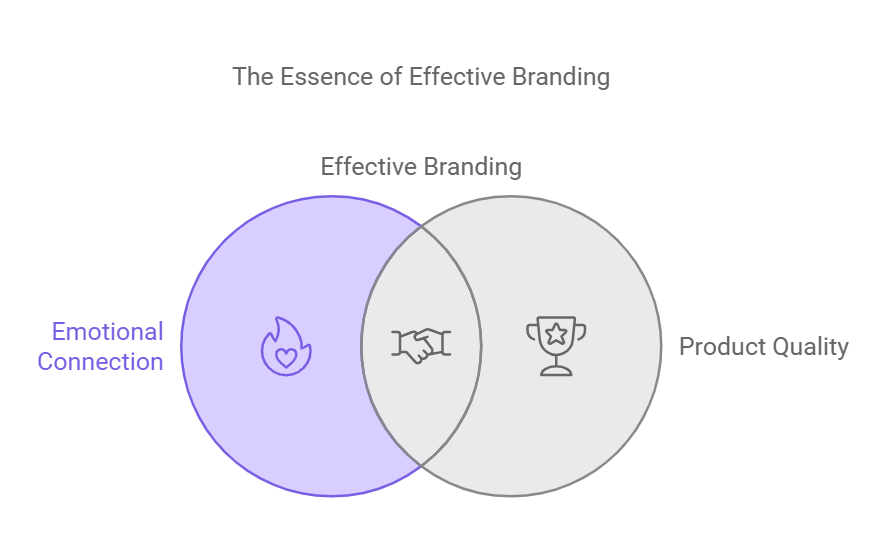
The Impact of Storytelling on Consumer Perception
Storytelling is a powerful tool in branding. Why? Because it allows brands to create a narrative that engages consumers on a personal level. Brands like Coca-Cola have mastered this art. They don’t just sell soda; they sell joy, togetherness, and memories. When you see a Coke ad, it might remind you of a warm summer day with friends. That’s storytelling in action.
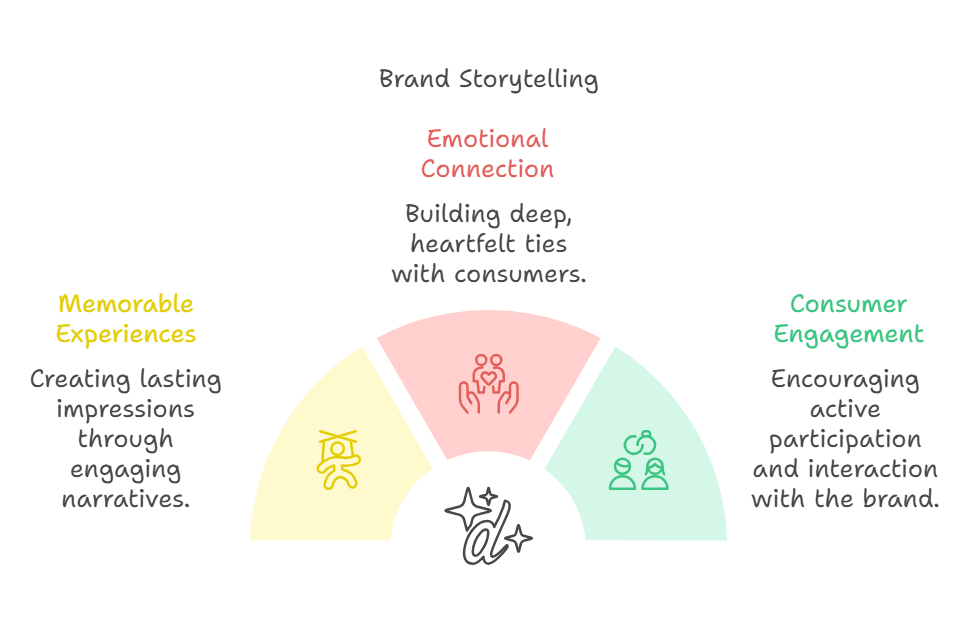
Brand narratives help to create memorable experiences.
- Brand narratives help to create memorable experiences.
- Effective storytelling can enhance the emotional connection.
- Consumers are more to engage with brands that tell compelling stories.likely
How Brands Build Narratives That Resonate
Brands can build narratives that resonate by being authentic and relatable. Think of brands that have a strong sense of purpose. Their stories often reflect their values and missions. For example, Patagonia emphasizes environmental advocacy. When they share their story, it connects with like-minded consumers who value sustainability.
According to research, 71% of Gen Z consumers prioritize purchasing from brands they trust. This shows how vital it is for a brand to cultivate an identity that embodies honesty and transparency.
The ‘Soul’ of a Brand: Why It Matters Today
The concept of a brand’s “soul” refers to its core essence—what it stands for beyond the products it sells. It’s about values and the impact on society. In today’s marketplace, customers look for brands that represent ideas they believe in.
Take a moment to think about this: How does your brand make a difference? What does it contribute to the world? A brand with a strong soul is memorable and leaves a positive impact. As suggests, the depth of a brand goes beyond its visual identity.
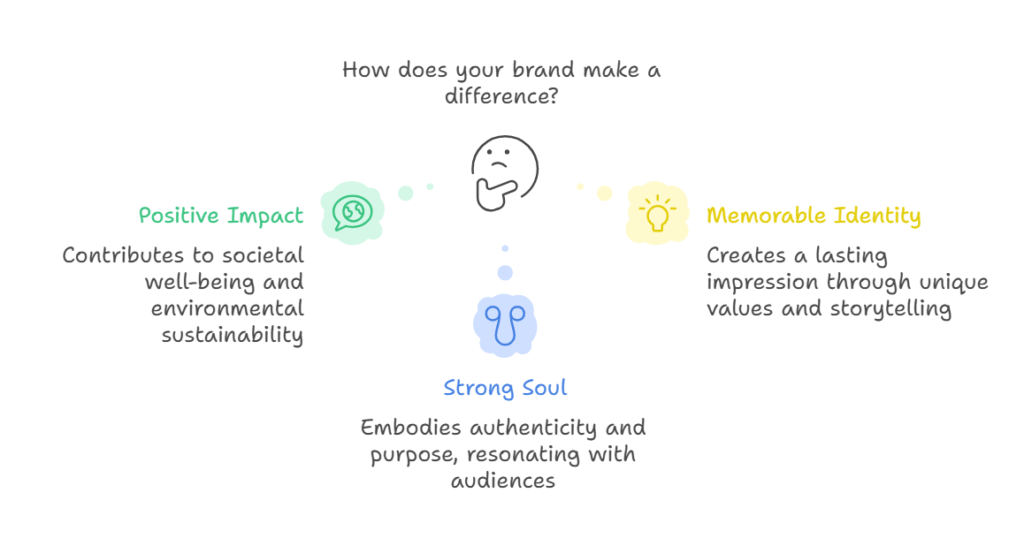
“A strong brand is more than a logo; it’s about creating a lasting emotional connection with consumers.” – Simon Sinek
Branding Transcends Products
Branding transcends mere products; it embodies experiences, emotions, and ideologies that resonate with consumers. It creates an identity that consumers can relate to, allowing them to see the brand as part of their lives rather than just another company trying to sell them something.
Here’s a thought: What experiences do you want your consumers to remember? Consider this as you develop your brand’s narrative. Whether it’s through social media, advertising, or customer interactions, a cohesive brand experience can leave a lasting impression.
As I delve deeper into the world of branding, I constantly remind myself that *authenticity* and *connection* are vital. In our fast-paced world, consumers yearn for brands that resonate on a deeper level. The journey of branding is not just about visibility; it’s about becoming a part of someone’s life story.
In summary, understanding the nuances of branding is imperative. It’s a complex yet rewarding process that requires thoughtful engagement. By focusing on emotional connections, authentic storytelling, and a strong brand soul, we can navigate the intricate world of branding effectively.
Building a Strong Brand Identity: Practical Steps
Branding isn’t just about a logo or a catchy slogan. It’s about creating an identity that resonates with consumers. But where do we begin? Below, I’ll share some key steps that can help us craft a robust brand identity.
1. Defining Your Brand’s Mission and Purpose
Every brand needs a clear mission. Think of it as a guiding star—something that gives direction and purpose. What does your business stand for? What impact do you want to have? For instance, look at Airbnb’s origin story. It started from personal struggles, which led to a marketplace designed to foster connections. This narrative becomes essential; it’s a story that we share with our customers.
2. Creating Visual Assets That Convey Your Brand
Visual elements play a critical role in branding. They communicate your brand’s essence in an instant. We’re talking about logos, color schemes, and typography. What do your visuals say about your brand? After all, this is the first thing consumers will notice. A well-designed visual identity creates immediate recognition and trust.
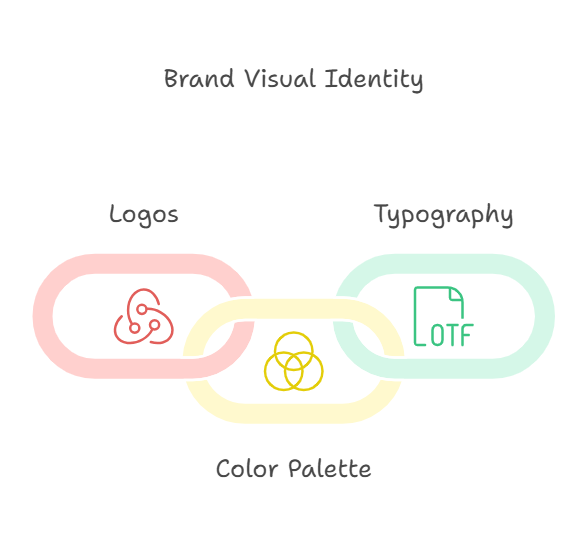
Logos: They are the face of your brand.
Color Palette: Different colors evoke different emotions.
Typography: The font style can convey personality and professionalism.
Think of Patagonia, whose visual identity reflects its commitment to environmental conservation. Every design choice resonates with the brand’s purpose of “saving our home planet.”
3. Maintaining a Consistent Brand Voice
Your brand voice is the tone used in all communications. Is it formal? Casual? Funny? Whatever it is, consistency is key. This is how consumers come to recognize and trust your brand. For example, look at MailChimp’s personable and engaging tone. They maintain this across all platforms, making their brand relatable.
4. Engaging Consumers Through Relatable Marketing
Today’s consumers crave alignment with brands. They want to see real stories. By connecting personally, we create relationships rather than transactions. Remember, 70% of consumers prefer personalized experiences. How can we engage them meaningfully?
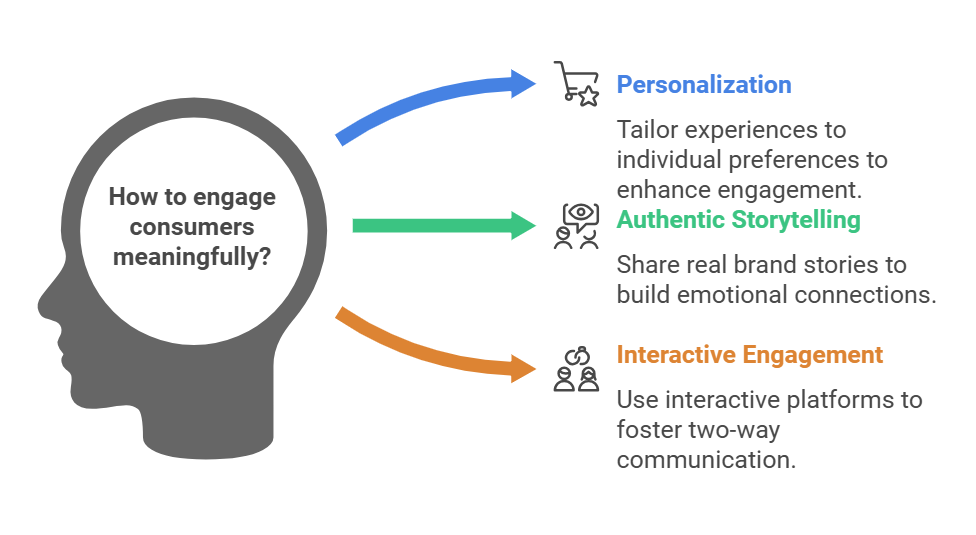
Consider using stories or challenges that resonate with your audience. Sharing experiences can transform an impersonal brand into a friend. As Jeff Bezos wisely said,
“Your brand is the story that happens over time.”
Understanding the Data Behind Branding
Now, let’s dig into some telling statistics:
71% of consumers trust brands, particularly Gen Z.
50% of internet users consider website design when forming opinions.
70% prioritize personalized experiences.
This data highlights the importance of trust and personalization in branding. If we disregard these insights, we might miss the mark.
In summary, building a strong brand identity involves defining our mission, creating visuals, maintaining voice consistency, and engaging consumers. Each of these elements plays a vital role in crafting perceptions that resonate with the audience.
Visual Representation of Consumer Trust Data
To illustrate the trust and expectations of consumers, here is a chart representing the data discussed above:
| Statistic | Percentage |
|---|---|
| Trust in brands, particularly Gen Z | 71% |
| Internet users considering website design | 50% |
| Consumers prioritizing personalized experiences | 70% |
The Role of Consistency in Branding
Consistency is the backbone of a successful brand. Why is that? Because consistency strengthens brand recognition. Think about how often you spot your favorite brand’s logo and instantly recognize it. This recognition isn’t just a coincidence; it’s cultivated through consistent visual elements and messaging. When we see the same colors, fonts, and tone repeatedly, it creates a mental association. In fact, research shows that consistent branding can boost revenue by up to 23%. Perception is reality, and a recognizable brand is a powerful tool.
Real-Life Examples of Successful Branding
Let’s take a look at some companies that have mastered the art of branding. For example, Wendy’s has built a strong presence on social media. Their witty posts and consistent voice resonate well with their audience. They’ve become more than just a fast-food chain; they’re part of the conversation. This is a prime example of how consistency in messaging can propel a brand forward.
Then there’s Amazon. Their commitment to consistent customer service is renowned. From easy returns to efficient delivery, they ensure a seamless experience for their users. This reliability builds trust, reinforcing the idea that “Consistency breeds trust, and trust leads to loyalty,” as noted by Melinda Emerson. Would you shop somewhere that didn’t provide consistency in service?
Consistency breeds trust, and trust leads to loyalty,
The Impact of Visual Identity on Consumer Trust
Now, consider visual identity. It’s not just about looking good; it’s about building trust. A well-crafted visual identity, encompassing logos, colors, and design elements, conveys professionalism and reliability. For instance, Shopify’s user-friendly website exemplifies how a polished visual presentation can enhance user experience and build consumer trust. When customers feel confident in the appearance of a brand, they are more likely to engage and purchase. If a brand’s website looks outdated or inconsistent, consumers might question its credibility.
Training Employees: A Key Component
Lastly, understanding the importance of brand training for employees is crucial. Imagine, if a customer service representative misrepresented a brand’s values. It could lead to confusion and mistrust. Consistent brand training ensures that every employee lives and breathes the brand’s message. It equips them with the knowledge to convey consistency across all touchpoints. This alignment fosters a strong brand image and nurtures positive consumer relationships.
In conclusion, consistency is paramount in branding. It affects everything from website design to social media management. I hope that by exploring these critical elements, you see the essence of building a brand that stands the test of time.
| Key Element | Impact |
|---|---|
| Brand Recognition | Strengthens through consistent messaging and visuals |
| Real-Life Examples | Case studies like Wendy’s and Amazon demonstrate effective branding |
| Visual Identity | Affects consumer trust and engagement levels |
| Employee Training | Ensures consistent representation of brand values |
The Future of Branding: Trends to Watch
The world of branding is changing quickly. We can’t ignore the significant forces shaping it. New technologies are emerging, consumers are evolving, and expectations are rising. To stay relevant, it’s crucial we pay attention. Let’s dive into the upcoming trends that will guide us.
1. Emerging Technologies Influencing Branding Strategies
As we step into a more AI-driven world, technology impacts our branding efforts significantly. Think about how social media and mobile apps have transformed marketing. Brands must now utilize advanced analytics and personalized algorithms to connect with consumers. In fact, we see chatbots enhancing customer service while big data allows brands to understand preferences on a deeper level.
Are we ready to embrace these changes? I believe it’s imperative for businesses. Employing augmented reality (AR) and virtual reality (VR) can create immersive brand experiences. When users engage with digital elements, the connection becomes personal and memorable.
2. Understanding the Evolving Consumer Landscape
The modern consumer isn’t just buying products; they are seeking experiences. This shift is palpable, especially among younger generations. 71% of consumers, particularly from Gen Z, prefer brands they trust. Trust stems from authenticity and genuine engagement. It’s not enough to simply provide a service or product anymore.
Businesses must strive to understand their audience better. This means recognizing their values and aspirations. Are we addressing not only their needs but also their desires? This shift requires us to cultivate active engagement and adapt rapidly to changing trends.
3. The Rise of Authenticity in Brand Narratives
The importance of authenticity has never been clearer. Richard Branson once said,
“The future of branding lies in authenticity, transparency, and social responsibility.”
This statement underscores the necessity of being real with our consumers. Brands must share their stories and stand by their missions.
Consumers resonate with brands that reflect their values. Highlighting narratives that are relatable elevates a brand’s appeal. Stories rooted in genuine purpose will draw people in and foster loyalty.
4. Exploring the Sustainability Aspect of Modern Brands
More and more, consumers favor brands that prioritize sustainability. This is not just a trend; it’s a movement. Sustainability represents social responsibility and brand integrity. As consumers become more environmentally conscious, brands are compelled to adopt greener practices.
Are we ready to shift our focus towards sustainable methods? Companies like Patagonia serve as prime examples. Their commitment to saving our planet speaks volumes and resonates deeply with their audience. Brands that can weave sustainability into their identity will stand out.
In looking at the future of branding, I realize that innovation is the key. As technology evolves, so too does consumer behavior. Emphasizing authenticity not only builds trust but also creates a loyal customer base. And let’s not forget the pivotal role of sustainability in shaping brand reputations. Understanding how the branding landscape is changing is vital for businesses aiming to stay relevant in the competitive market.
To sum it up, branding is no longer just about logos or taglines. It embodies everything from experiences to values. The ability to adapt to emerging technologies, understand the evolving consumer landscape, promote authenticity, and reinforce sustainability will define successful brands moving forward. The path ahead may be complex, but there’s great potential for those willing to embrace the future.
TL;DR: Effective branding is about understanding and connecting with consumers on a deeper level, crafting unique identities that foster trust and memorable experiences. Key practices involve clarity of purpose, consistent voice, strong visual elements, and engaging storytelling.

